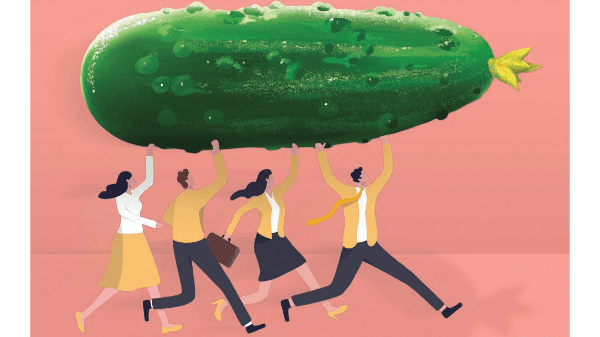The pandemic years have had a big impact on the number of people working in the fresh produce industry.
Employment in the fresh produce and floral supply industry fell more than 3.1 percent, from close to 1.17 million workers in 2019 to 1.13 million in 2021—the most current data available—according to an analysis in IFPA’s U.S. Economic Impact: Fresh Produce & Floral Industries report, published in August 2022.
The changes varied by segment, with the wholesale sector falling 7.3 percent from 122,784 to 113,722; the production sector falling 2.8 percent from 622,606 to 605,097; and foodservice falling 14.4 percent from 106,300 to 90,943, largely due to Covid-19’s lasting negative impact.
Only the grocery retail sector saw an increase, with growth of 1.7 percent from 314,927 to 320,330 workers.
These numbers do not necessarily correlate perfectly with the need for new workers, since contractions can occur for other reasons, such as making necessary reductions to bloated staffing levels or creating efficiencies that require fewer people.
That said, a number of long- and short-term factors have contributed to labor shortages intensifying in many areas of the produce industry, including an aging workforce in sectors like trucking, immigration trends at national and state levels, and mass retirements prompted by the pandemic, to name a few.
These factors have only put a greater focus on the produce industry’s continuous quest to not only attract new talent, but to keep those already in the industry and newcomers content and willing to stick around long term.
This is an excerpt from the cover story in the September/October 2023 issue of Produce Blueprints Magazine. Click here to read the whole issue.



